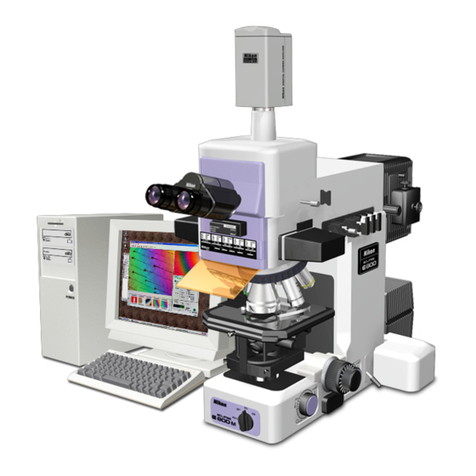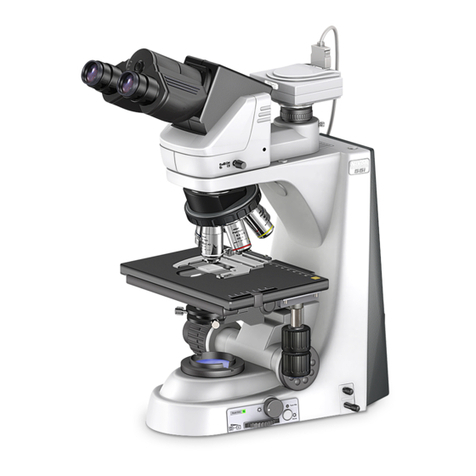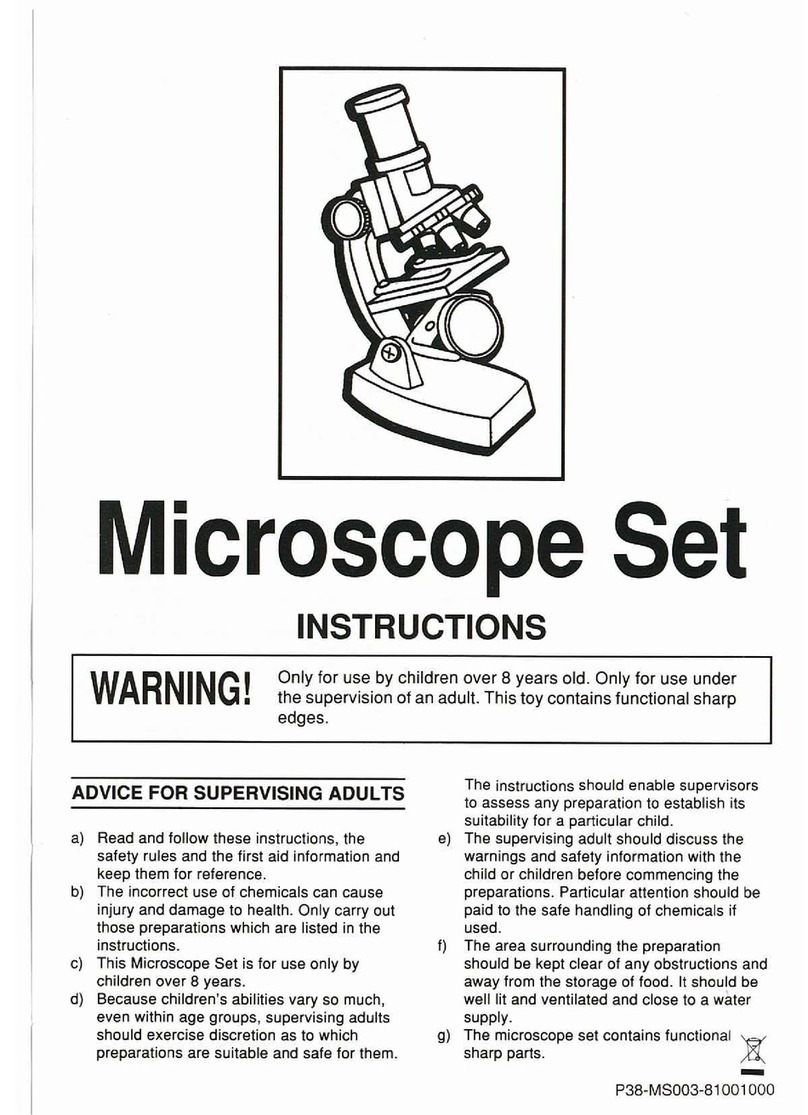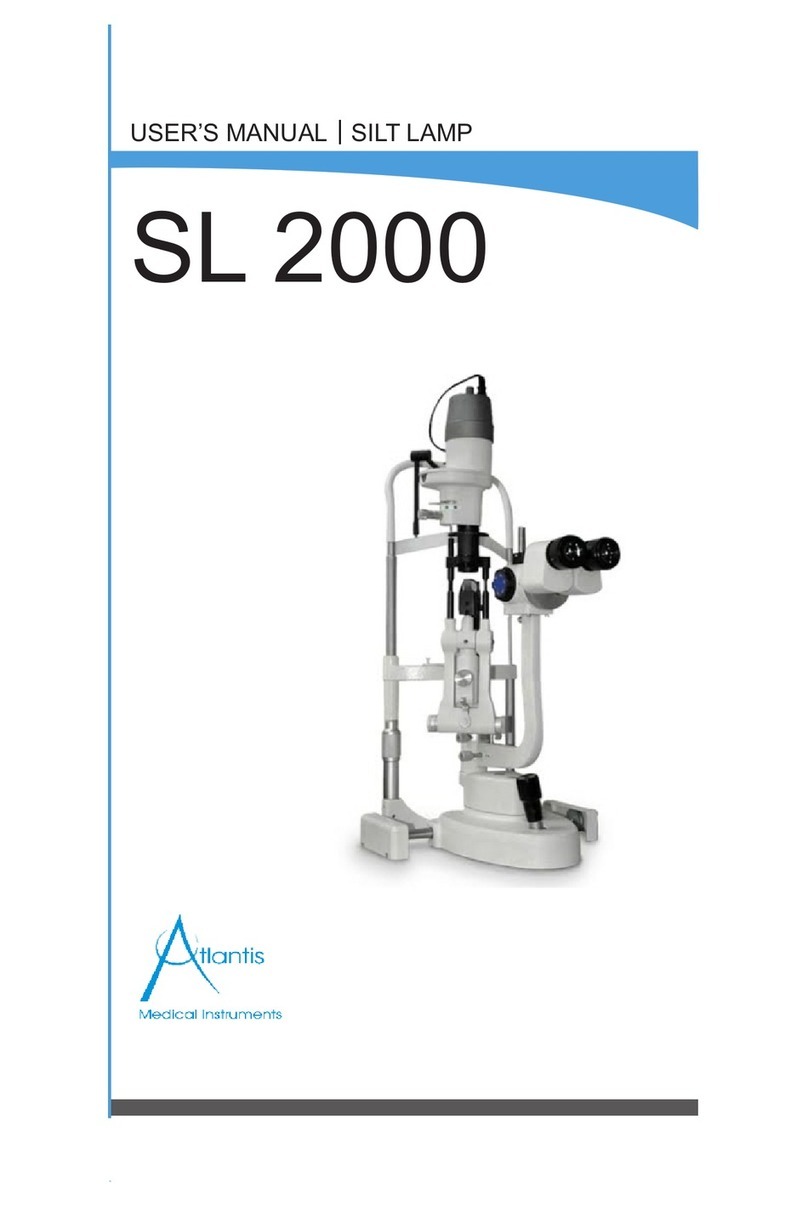Nikon Eclipse E400 POL User manual
Other Nikon Microscope manuals

Nikon
Nikon Ee1078 User manual
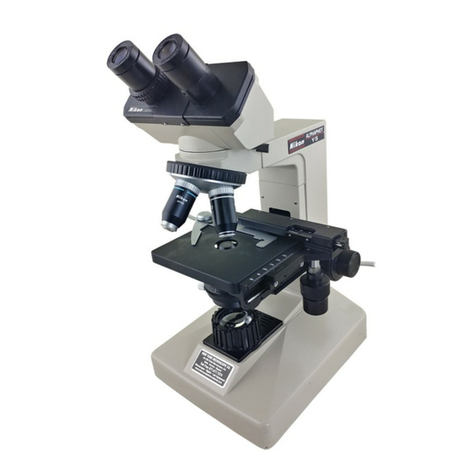
Nikon
Nikon Alphaphot User manual
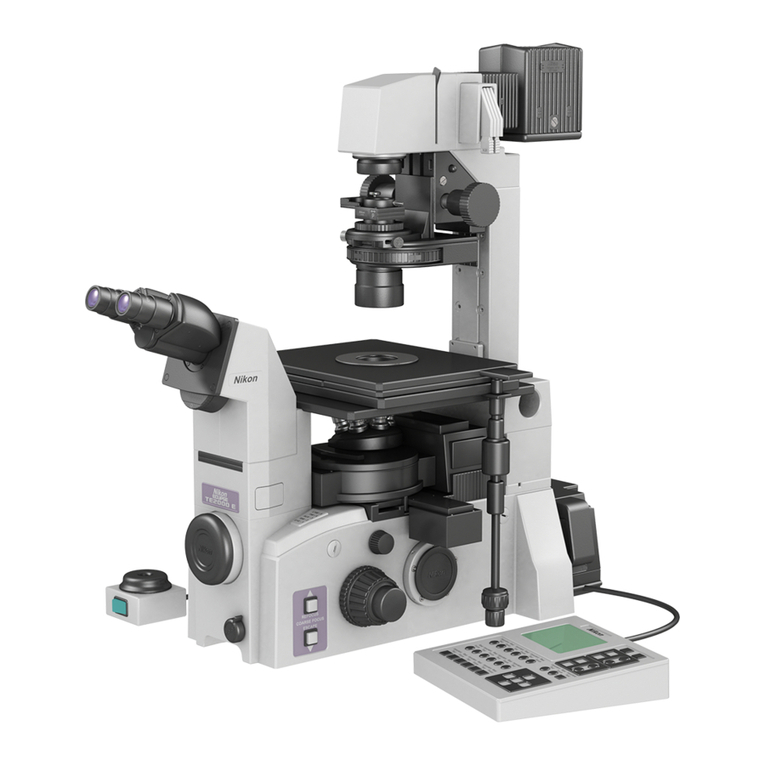
Nikon
Nikon Elcipse TE2000 User manual
Nikon
Nikon Eclipse E400 User manual

Nikon
Nikon SMZ1500 User manual
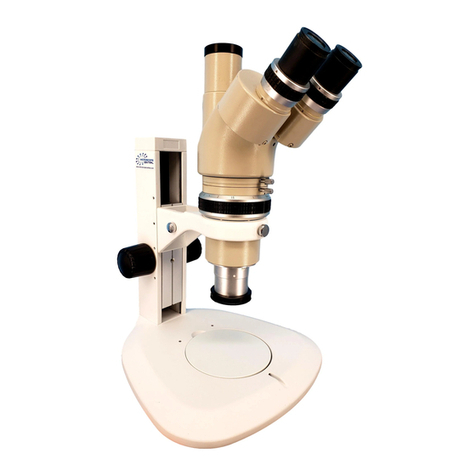
Nikon
Nikon SMZ-10 Operating instructions
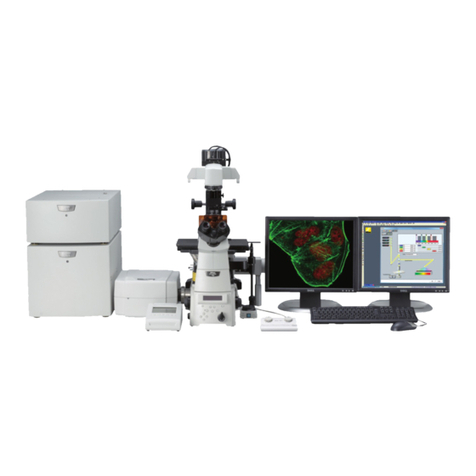
Nikon
Nikon A1+ Manual

Nikon
Nikon DIAPHOT 300 User manual
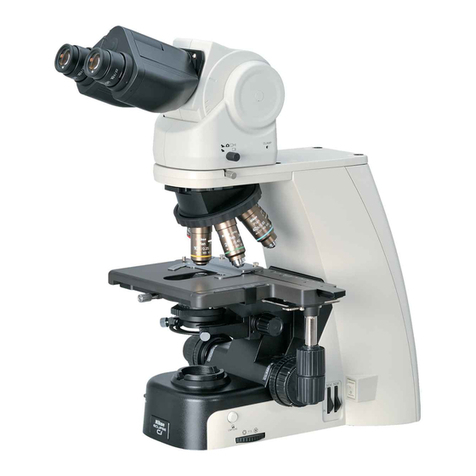
Nikon
Nikon eclipse Ci-S User manual

Nikon
Nikon SMZ-10A User manual
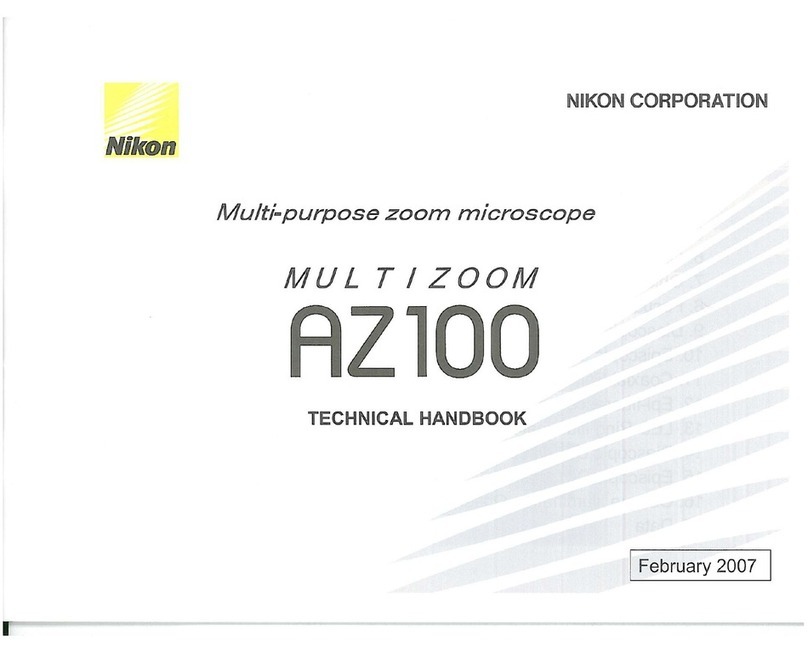
Nikon
Nikon Multizoom AZ100 Release Note

Nikon
Nikon Alphapot2 Manual

Nikon
Nikon A1+ User manual
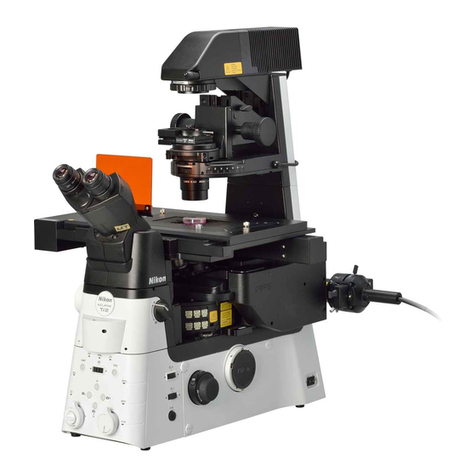
Nikon
Nikon Eclipse Ti-E User manual
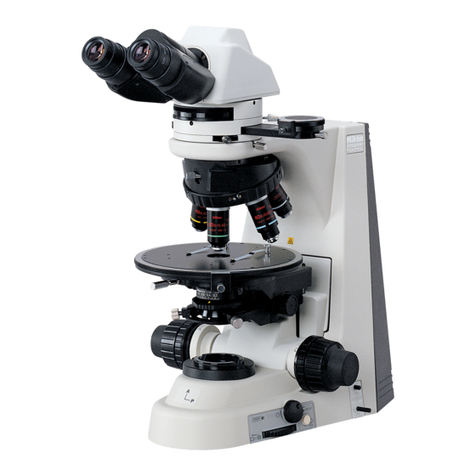
Nikon
Nikon Eclipse 50i POL User manual
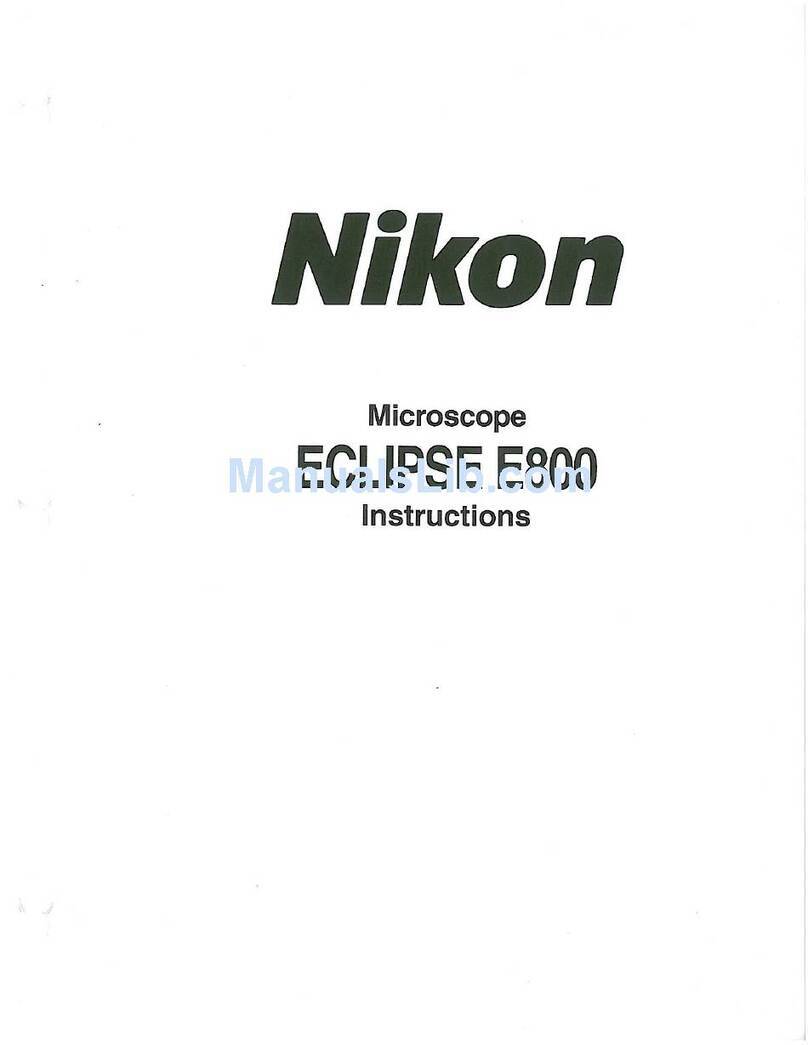
Nikon
Nikon E800 User manual
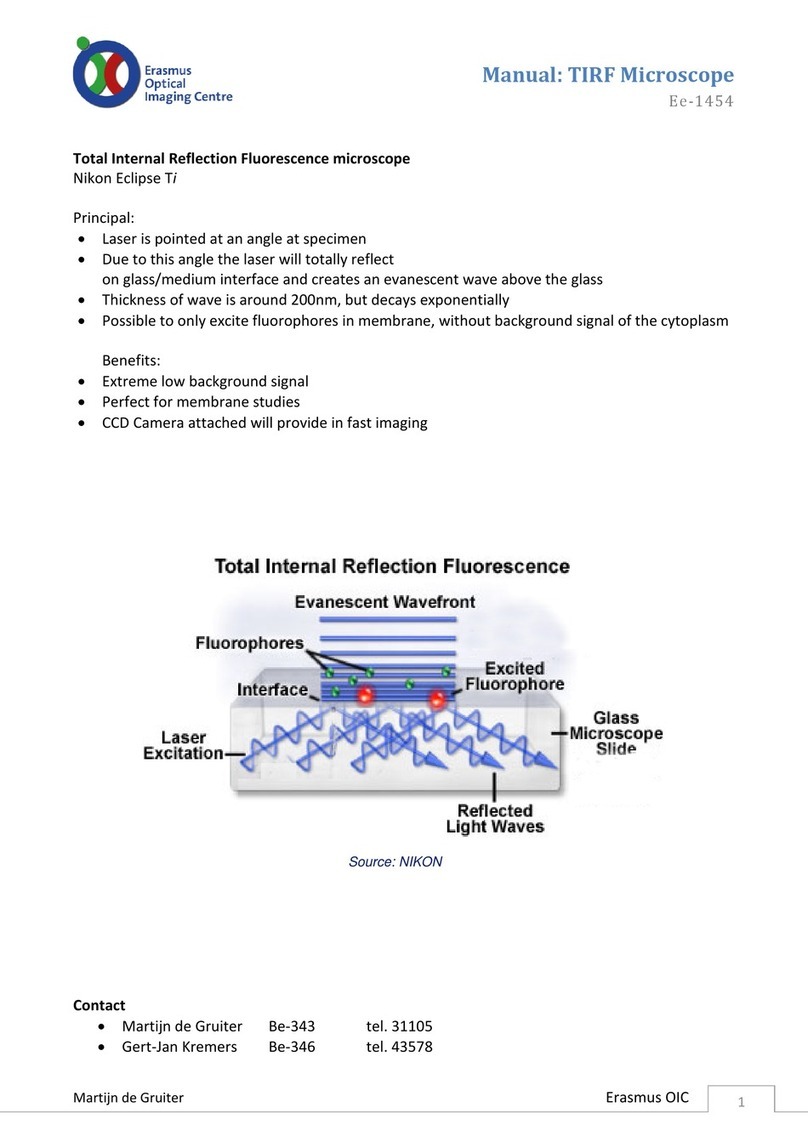
Nikon
Nikon Eclipse Ti TIFT 1454 User manual
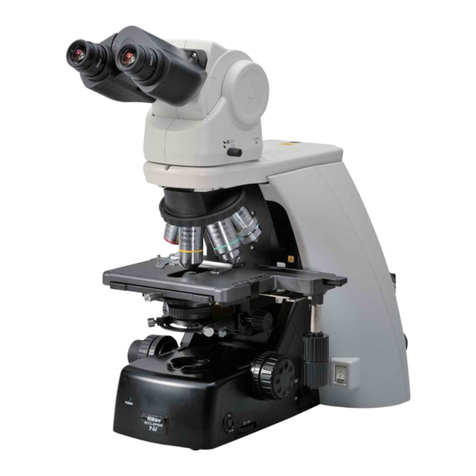
Nikon
Nikon Eclipse Ni-U User manual
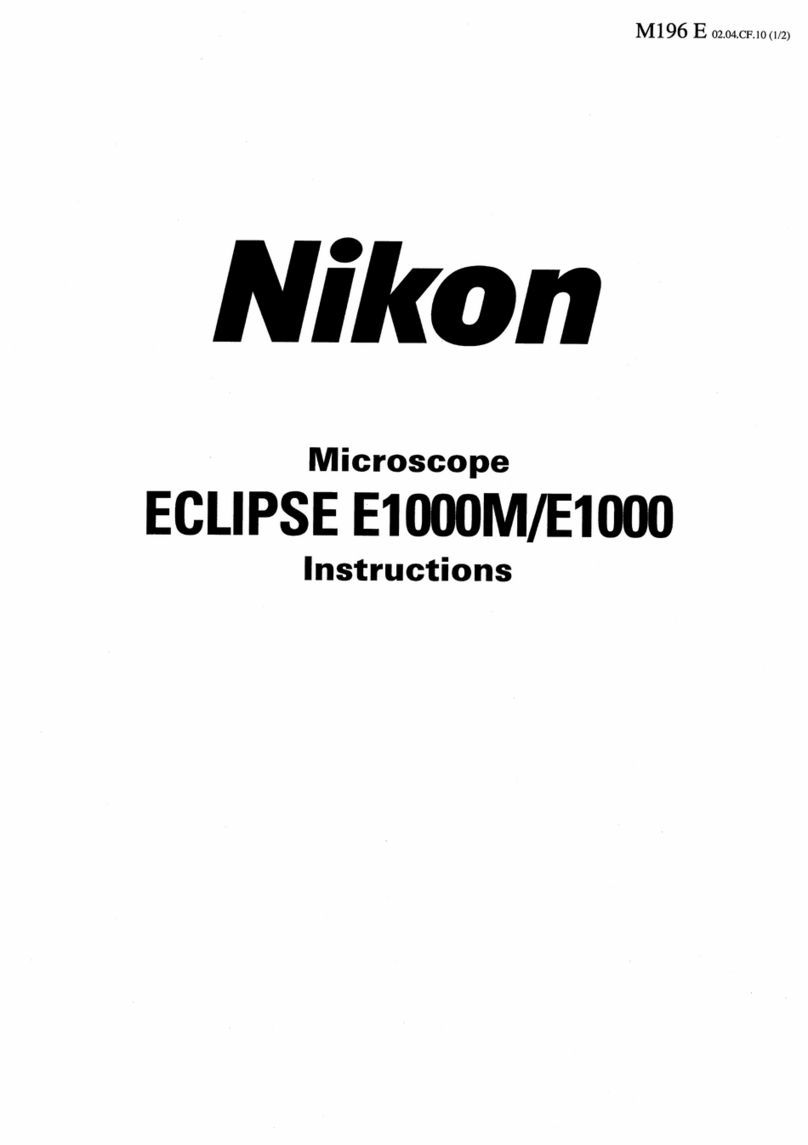
Nikon
Nikon Eclipse E1000M User manual

Nikon
Nikon SMZ645 User manual


